![[Photos] Autumn Colors at Kotokuji Temple](/_next/image?url=https%3A%2F%2Fsgp1.vultrobjects.com%2Fpfj-static%2F2025%2F11%2FIutHLn2g-02.webp&w=3840&q=75)
[Photos] Autumn Colors at Kotokuji Temple
Hidden in the hills of Akiruno, Kotokuji Temple feels worlds away from modern Tokyo. With its old thatched roofs and a c...
From hidden temples to lively festivals, old tales to everyday scenes - stories, photos, and videos of the Japan that lives between the headlines and the guidebooks.
![[Photos] Autumn Colors at Kotokuji Temple](/_next/image?url=https%3A%2F%2Fsgp1.vultrobjects.com%2Fpfj-static%2F2025%2F11%2FIutHLn2g-02.webp&w=3840&q=75)
Hidden in the hills of Akiruno, Kotokuji Temple feels worlds away from modern Tokyo. With its old thatched roofs and a c...
![[Site Update] Goshuin Collection](/_next/image?url=https%3A%2F%2Fsgp1.vultrobjects.com%2Fpfj-static%2F2025%2F11%2FIMG_3251.webp&w=3840&q=75)
Postcards from Japan now features a growing collection of goshuin stamps from shrines and temples across Japan.
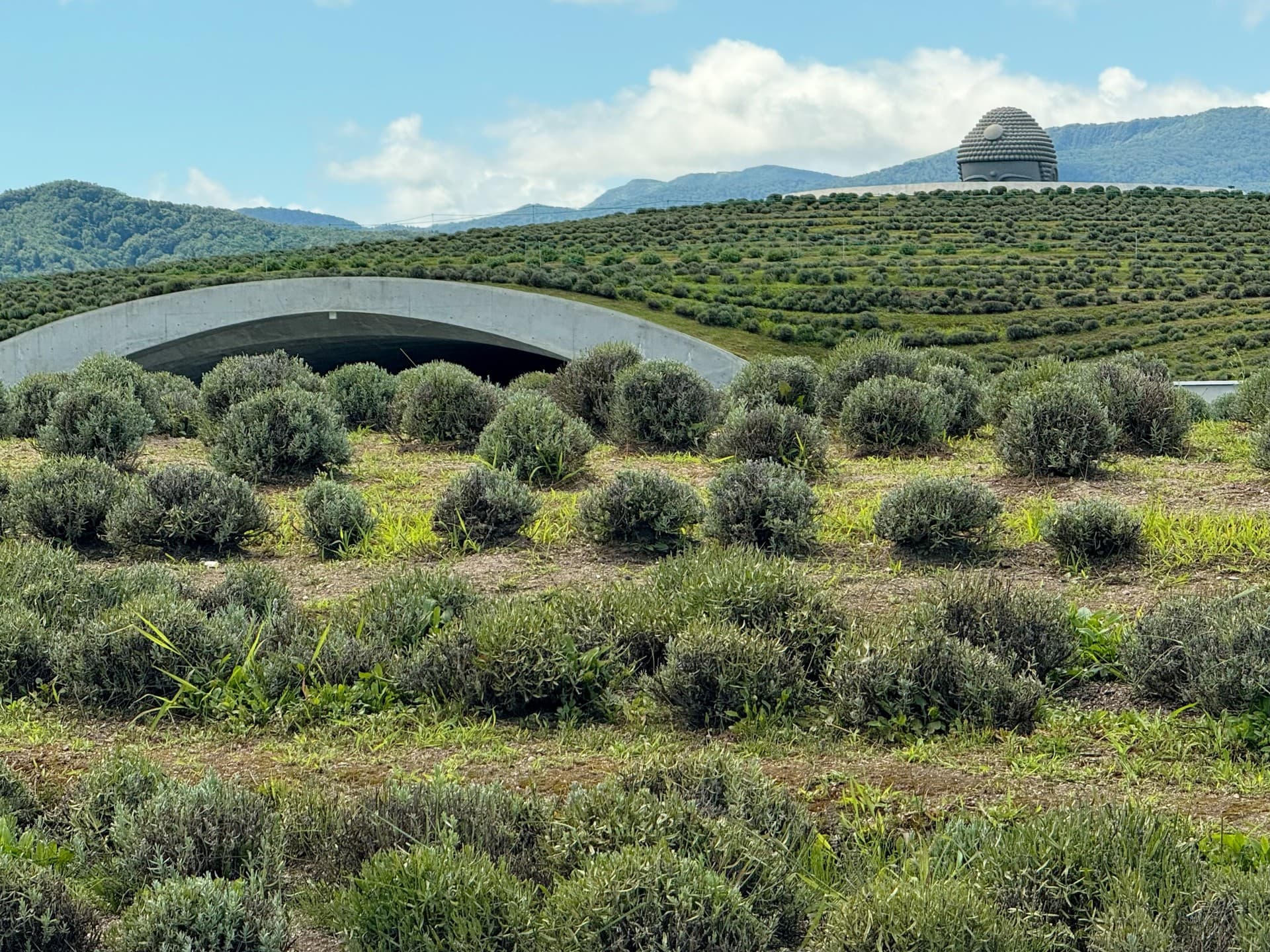
Imagine walking through a dark tunnel, then stepping into light to find a massive Buddha’s face staring down at you from...
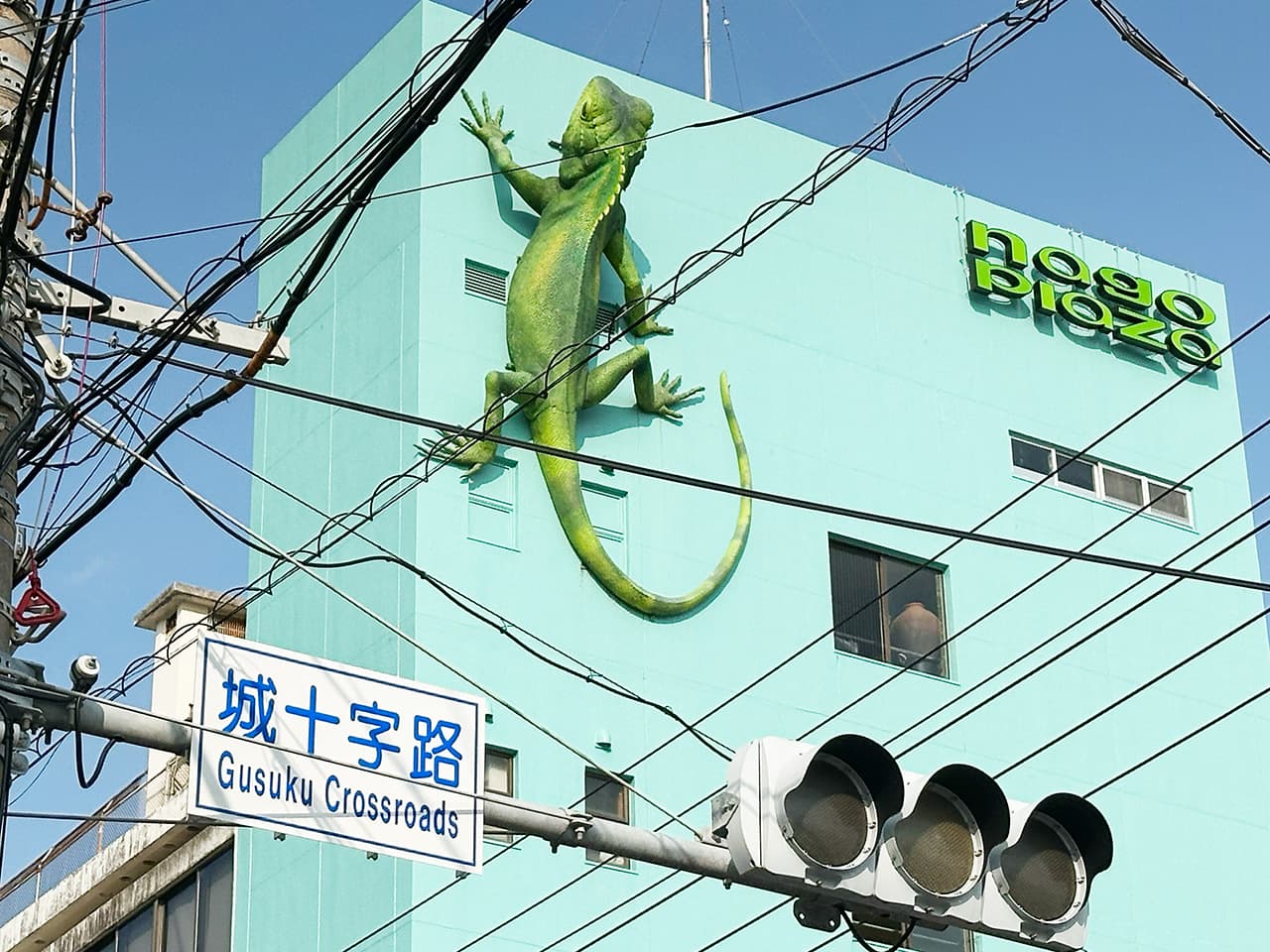
A giant tree lizard serves as a landmark on a building in Nago.
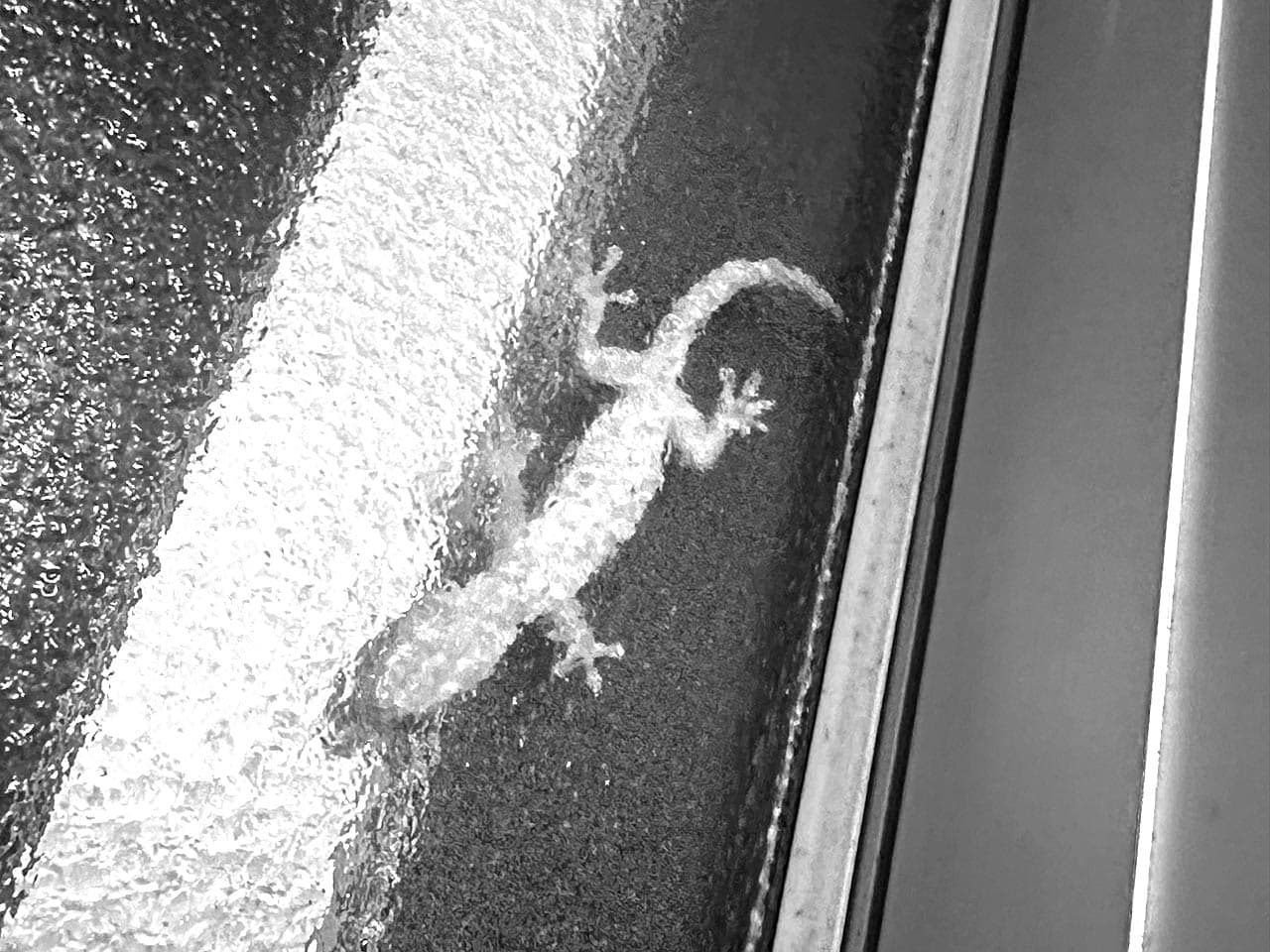
It’s a rainy evening here in Okinawa. And, as if by some conspiracy, it’s a Saturday. I hate rainy weekends because that...
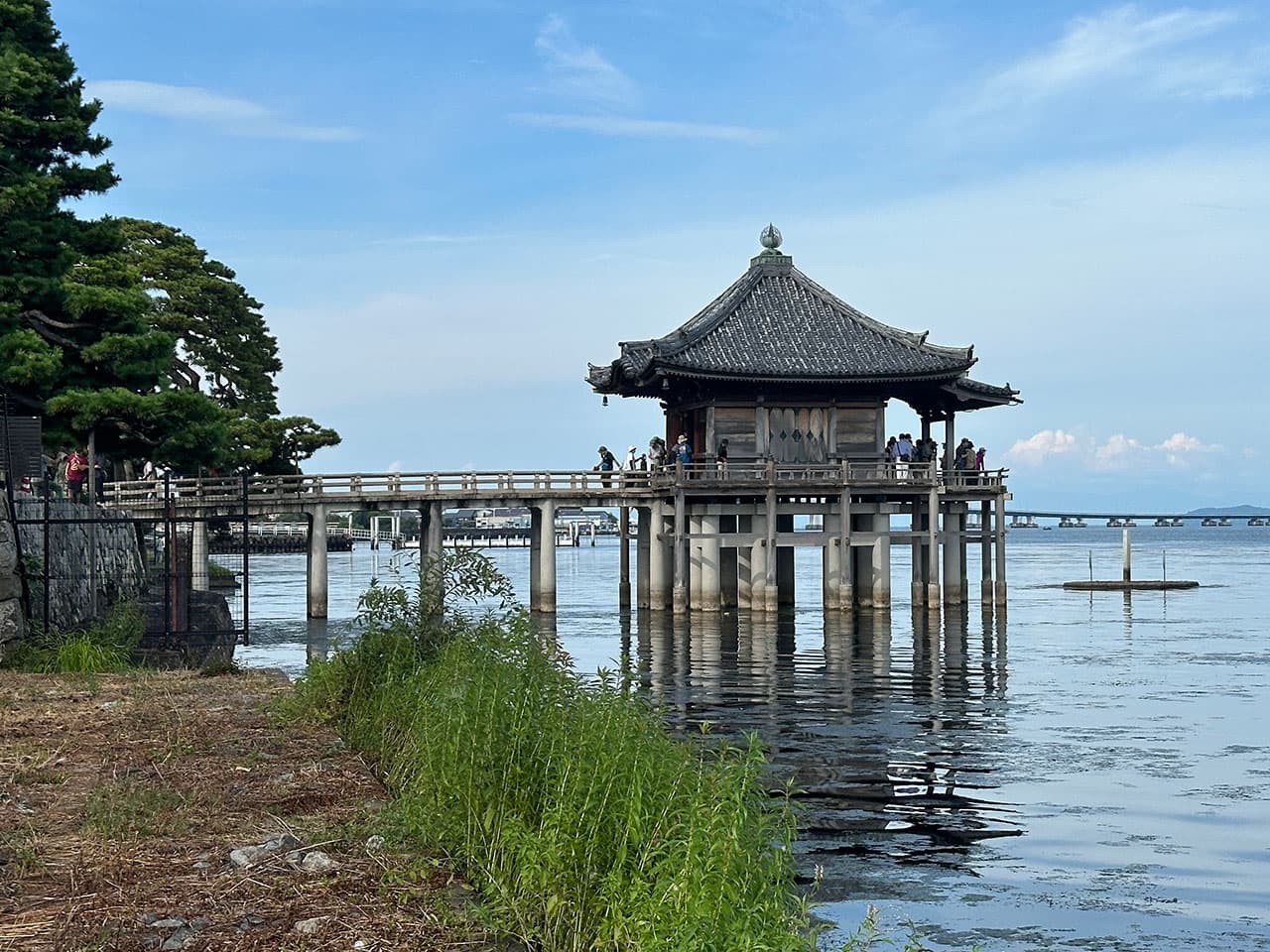
Ukimido, a floating temple on Lake Biwa has inspired poets and artists since ancient times.

A rare agave known as the “century plant”, believed to bloom only once every 100 years, has begun to flower in Tokyo’s H...
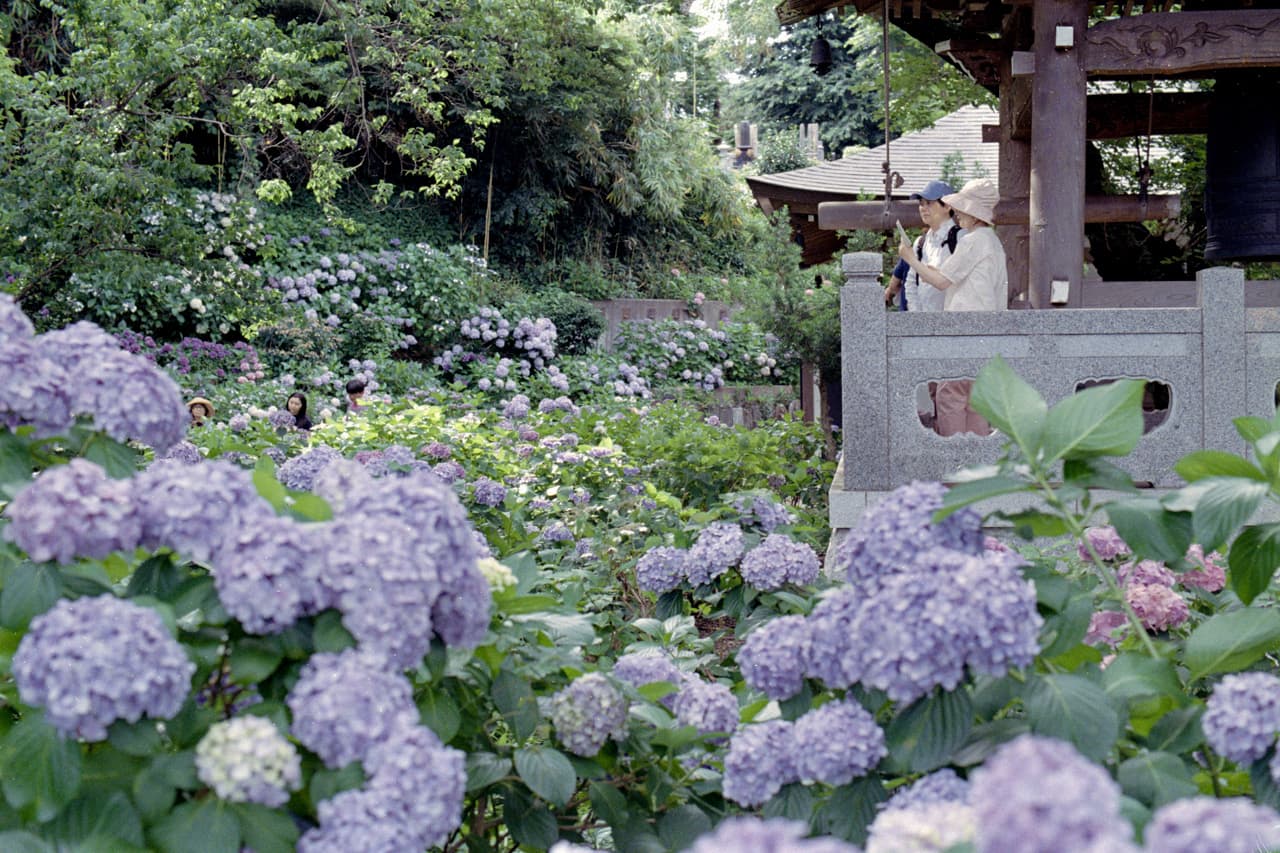
In Kawasaki’s Myoraku-ji temple, the rainy season’s downpour gives life to a stunning display of over 1,000 hydrangeas.
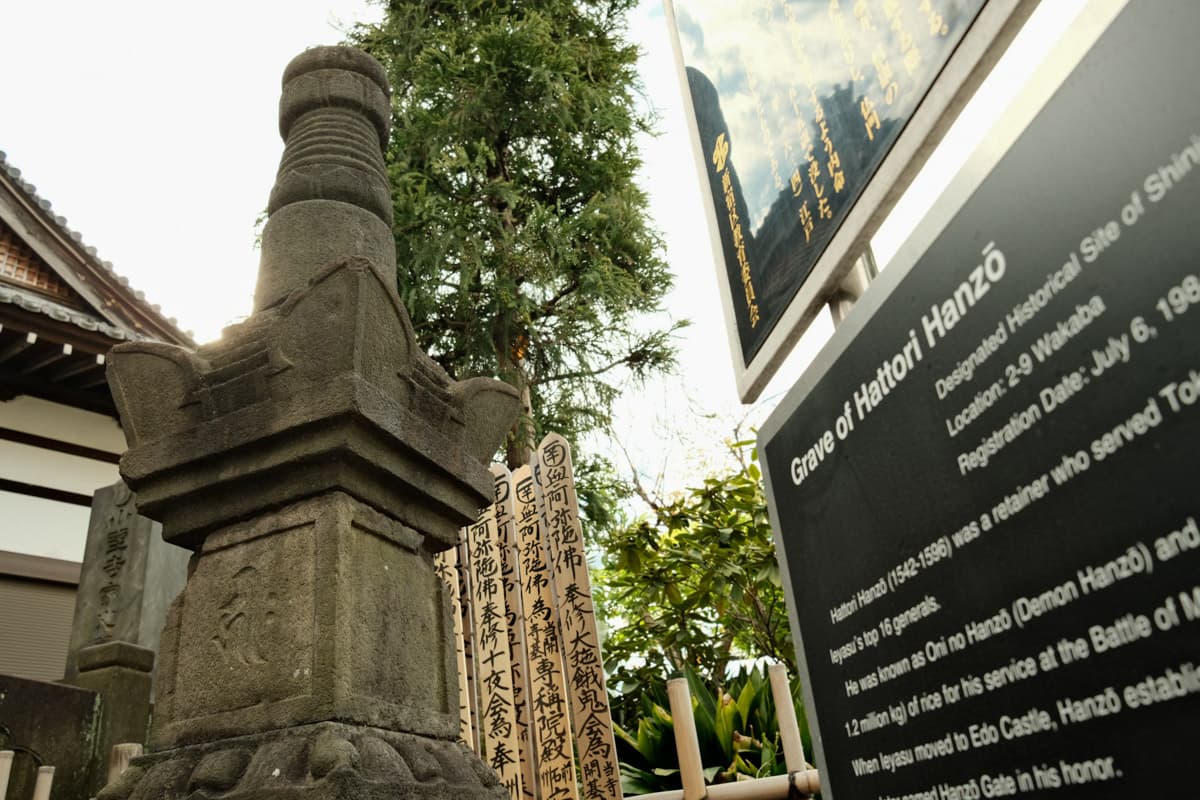
In central Tokyo you can find the grave of Japan’s greatest samurai warrior and strategist — and a historical inspiratio...
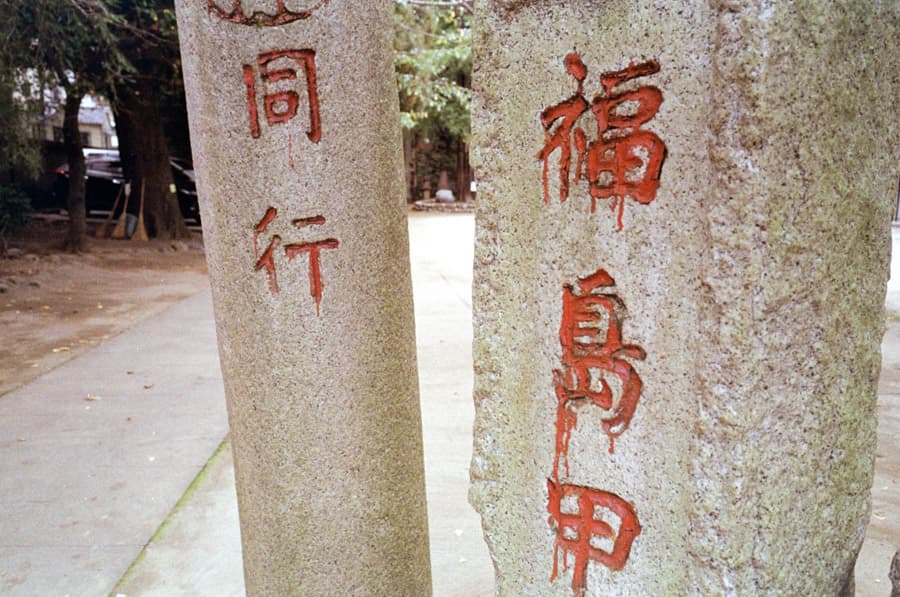
Bloody writings on stones. Mysterious white symbols. A suspicious cave. This shrine is not a place to visit at night.
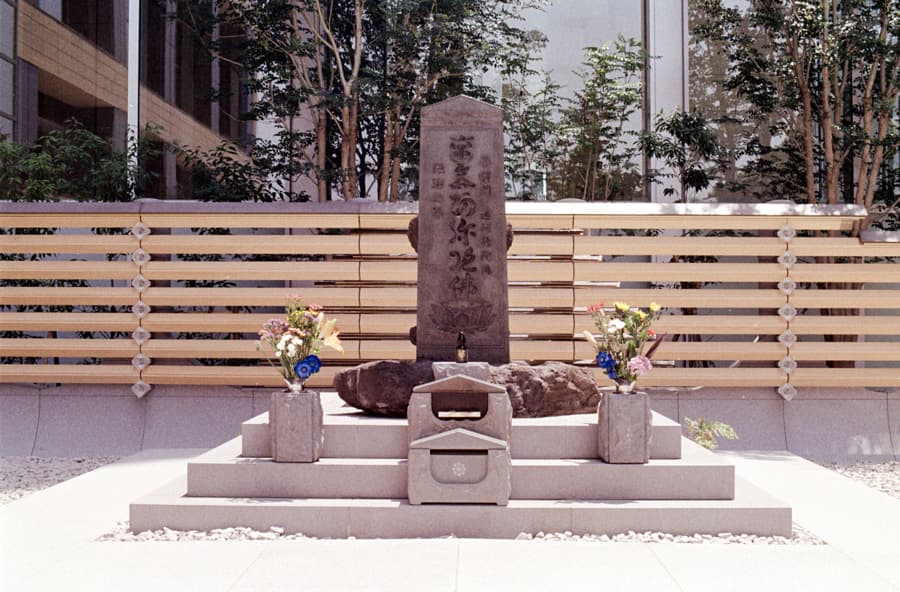
There is a sacred place hidden between the skyscrapers of Tokyo’s business district, and it belongs to the angry spirit...
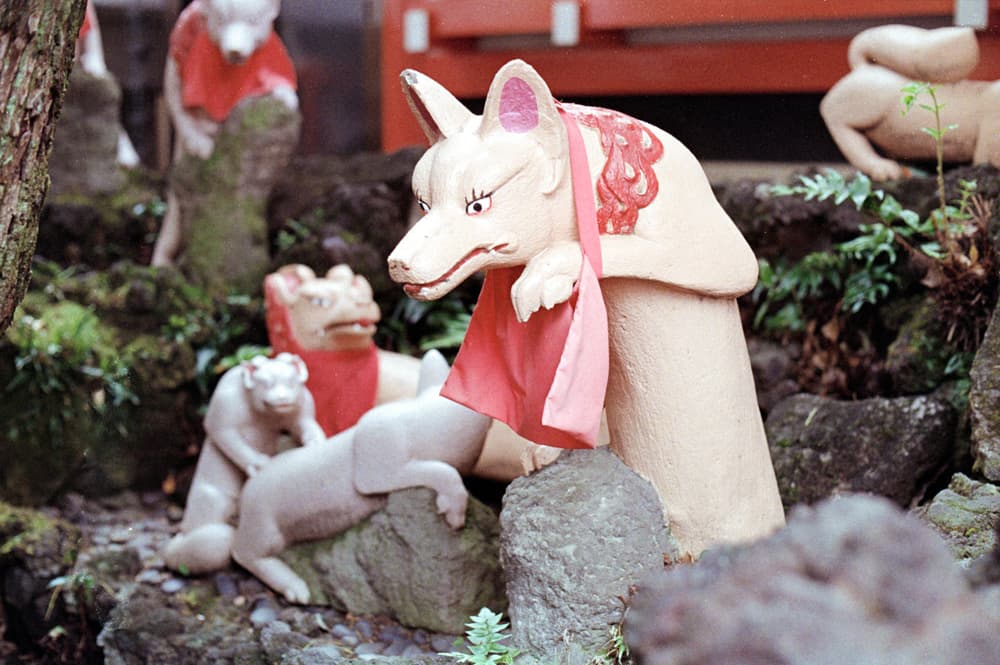
This shrine in Kawasaki is known for numerous playful statues of foxes, and houses the largest sacred mirror in Japan.